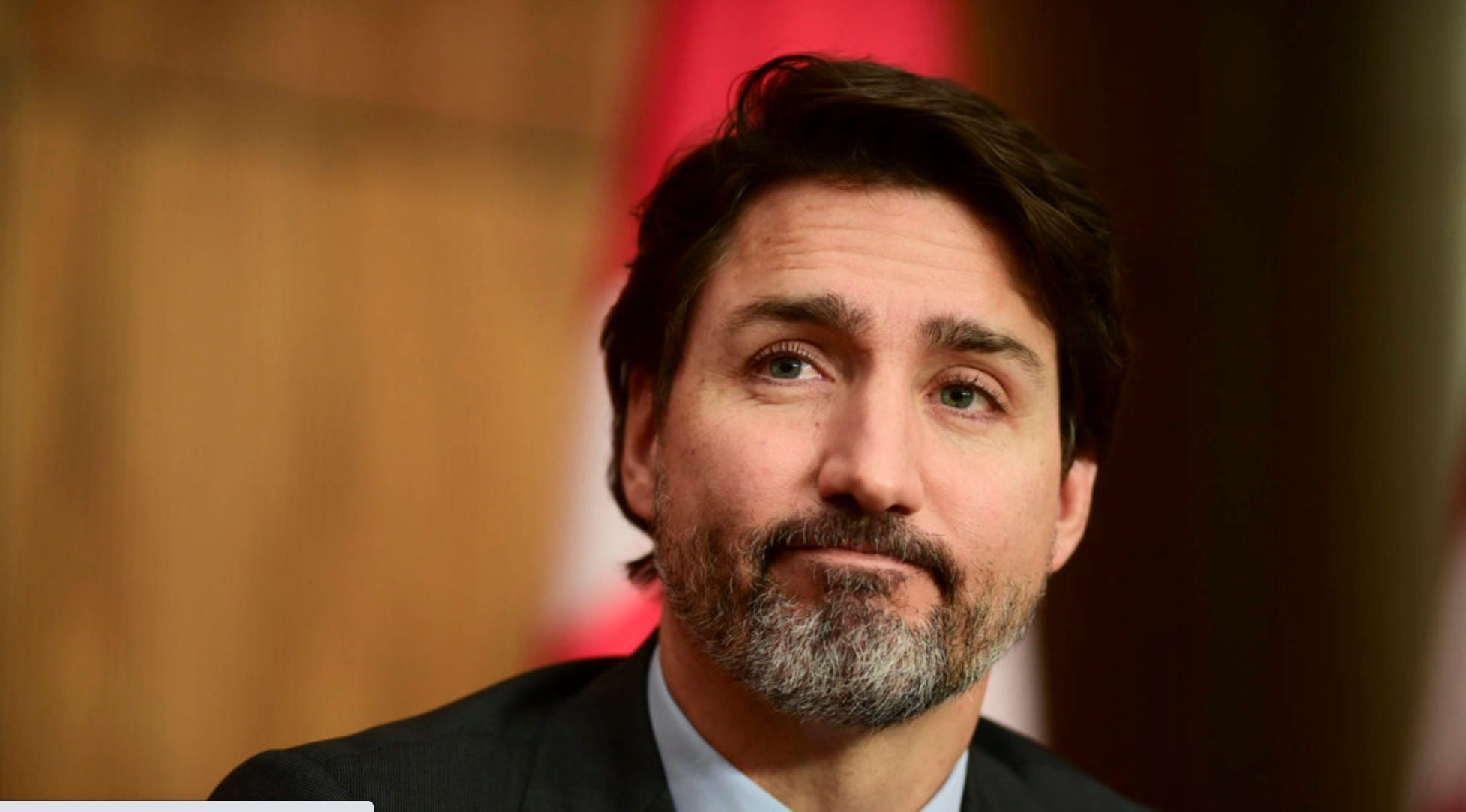The federal Liberals should probably tone down the smug when it comes to their pandemic response.
This week, when Public Safety Minister Bill Blair tweet-gloated that less than two percent of COVID cases are due to travel, it was more than a bit much.
The quarantine measures the government enacted at the border have had massive holes from the beginning. People will happily walk out of the airport and — maybe — pay a fine for skipping out on quarantine hotel. Or they'll just come across the land border and not have to quarantine at all.
It is, how do you say it, really not great.
This is a federal government that has done better than its (non-Atlantic) provincial counterparts, yes. But it is not a government that has done anything particularly well. The initial response of Health Minister Patty Hajdu was that "The risk is low to Canadians," which may be news to 24,000 dead people.
While the disastrous explosion of variant cases of COVID-19 is largely the fault of the provinces, it was the federal government's patchwork of half-assed border measures that allowed those variants in.
While the provincial failures have been enormous — Ontario Premier Doug Ford should be run out on a rail at the absolute minimum — they do not absolve the federal government of its various and assorted inadequacies.
This is a government, remember, that was happy to let corporations take money for wage subsidies, while still paying out bonuses to CEOs and dividends to shareholders. At the very same time, it was threatening the self-employed to pay back tens of thousands of dollars because those people had been misled by Revenue Canada.
It is a government that waited until this year to even put in place mandatory quarantine protocols, that we've seen have been inadequate.
Only last week did it impose travel bans from India and Pakistan — which accounted for some 20 percent of incoming international flights — and where, in India at least, COVID is rampaging out of control.
Waffling and indecision have marked the federal response for much of the pandemic.
It is a government far too high on its own supply of hot air, far too willing to buy into its own vocal BS about believing in science, that it is incapable of seeing — never mind fixing — what it has done badly. The Liberals have succeeded only by comparison to the provinces, which is no measure for success. It is only a gradient of failure.
Now, granted, the provinces have made things worse. By not containing what the feds have let in, the virus has been able to explode in provinces across the country. You can see the difference that provincial leadership makes in Nova Scotia, which imposed a sharp series of lockdown measures this week after increasing cases were seen in the province, many of them COVID variants.
Ninety-six cases was all it took for this circuit-breaker lockdown to come into play. This is the sort of things other provincial governments have been unwilling to do, and shows the ability of a province to cover for federal screw ups.
That variants are quickly becoming the dominant strains of COVID in the country is ultimately an indictment of the whole country. It is the fault of the federal government for letting it in our borders, and it is the fault of the provinces for letting it run out of control.
In a system such as ours where responsibility is divided along hard lines between the federal and provincial level, it's not enough for one side to do pretty well and put the blame on the other.
This is why the Liberal smugness at their performance is so maddening. Sure, they've done well with vaccines — at nearly a third of the population with at least once dose, things are looking up — but vaccines are only a part of what's going to get us out of the pandemic.
Poorly designed financial supports — the federal sick benefit instead of shovelling billions out the door, is only costing a fraction of that because it's too slow and too stingy — have real consequences in the real world. And by so often putting money into the pockets of business, rather than the people working there, the government makes clear who it supports.
None of these are hallmarks of a government that should be celebrated. At best, this a government outperforming the worst performing leaders within our borders.
In that way, it is the story of how we look at Canadian health care more broadly. A broken system constantly on the precipice of collapse, but not the nightmare hellscape of the United States.
We only ever compare ourselves to our closest neighbours, never somewhere where things might actually be better. This is how we allow our society to stagnate and crumble.
In that sense, you can see why a guy like Blair would seem so congratulatory of his half-hearted efforts. He's not there to do a good job, he's just there to do a good-enough job.
Photo Credit: CBC News








